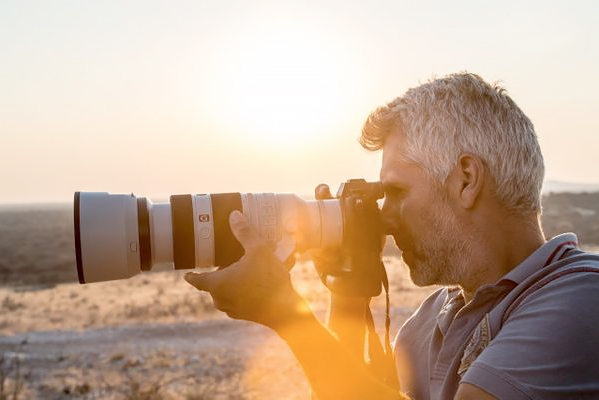Laurent Baheux is a French photographer born in 1970 in Poitiers.
After covering unrestrained international sport news, Laurent Baheux turned towards nature and wilderness.
Its been fifteen years since the photographer works on making collections of images of nature in a dense and contrasting style. Laurent Baheux tries to develop a different way of photographing nature and its faune by attempting to create portraits that depict the personality and humanity of each animal, as an individual.
He adopts an animal portrayer approach where aesthetics and sensibility prevail over the documentary vision. Tight or misaligned layouts, blur or grain, raw and deep blacks, he explores all the ways possible, having as only requirement the magnification of his subject instead of just representing it.
The photographer actively advocates for organizations of environmental protection such as WWF, the Foundation Good Planet, the Institute Jane Goodall or the Association Cheetah for Ever. In 2013, he became goodwill ambassador for the United Nations program for the environment on the anti-poaching campaign Wild and Precious.
His photographs are exhibited in galleries and are part of books, publications and exhibitions in France and abroad.
Interview
Exclusive Interview with Laurent Baheux